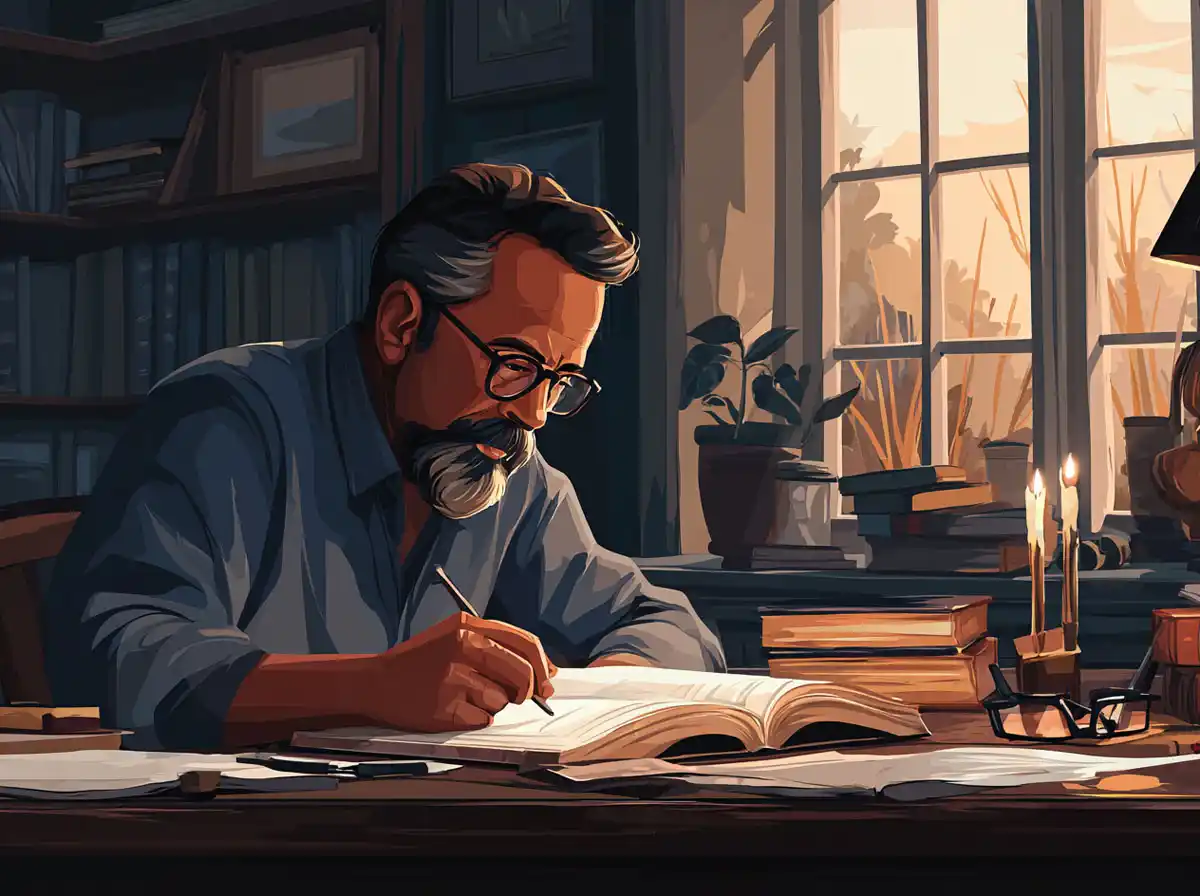Defining Intransitive Verbs
Intransitive verbs are action verbs that do not require a direct object to complete their meaning. These verbs, by their nature, indicate actions or states that do not extend to any object or target.
Characteristics of Intransitive Verbs in Urdu Grammar
Below are a few key features of intransitive verbs in Urdu grammar:
- No Direct Object: Intransitive verbs do not take a direct object as a complement. They provide a complete meaning without the presence of any direct object.
- Occupy Sentence Structures: These verbs are generally found in simple sentence structures consisting of a subject and a verb.
- Adverb or Adjective Complementation: Intransitive verbs often allow modification by adverbs or adjectives, although this is not a requirement.
Examples of Intransitive Verbs in Urdu Grammar
Here is a list of common intransitive verbs in the Urdu language accompanied by their corresponding English translations:
- چل (chul): to walk
- رینا (rona): to cry
- باؤلی (bauLi): to become bald
- مسکرا (muskura): to smile
- کيفٌلگانا (khofzada hona): to get scared
How to Identify Intransitive Verbs in Urdu Sentences
To distinguish intransitive verbs in Urdu sentences, it is essential to pinpoint verbs that do not require direct objects. A helpful approach is to observe whether the action being described remains complete without a target.
Examples of Urdu Sentences with Intransitive Verbs
The following sentences demonstrate the use of intransitive verbs in the Urdu language:
- وہ چغتا ہے۔ (He runs.) – In this sentence, the intransitive verb “چغتا” (runs) does not require a direct object.
- بگہ باؤلی ہے۔ (He is bald.) – “ہے” (is) is the intransitive verb that does not need a direct object.
- میرا بچہ روتا ہے۔ (My child cries.) – In this example, the verb “روتا” (cries) does not necessitate a direct object to convey the action.
Final Thoughts
Mastering the concept of intransitive verbs in Urdu grammar is crucial for achieving clear and expressive communication. Becoming proficient in the language entails understanding intransitive verbs’ characteristics, identifying them in sentences, and applying their usage to everyday speech and writing.










